The fingerprint reader in the screen is a bad idea
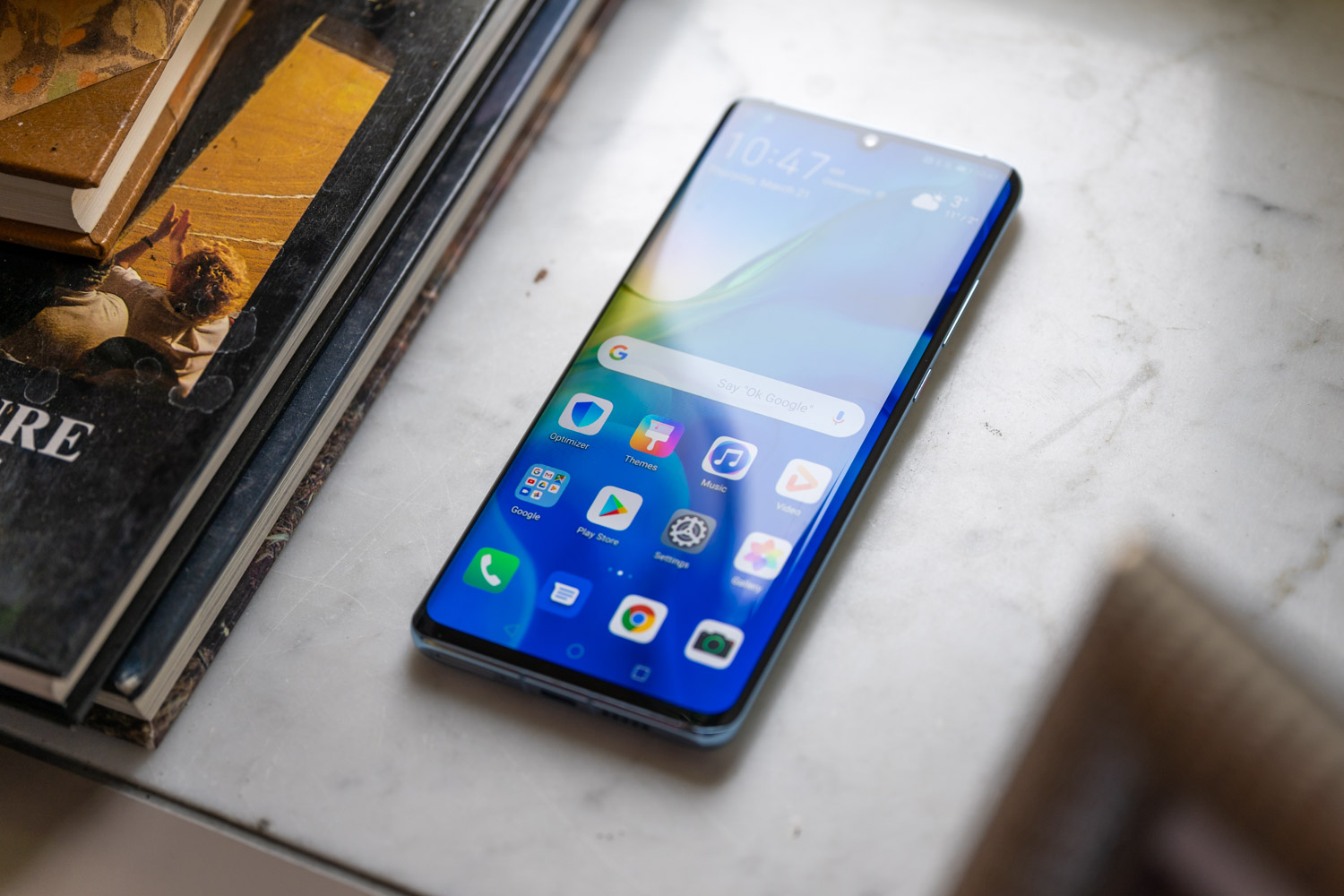
The new Huawei P30 has a fingerprint reader hidden under the display. Just like OnePlus 6T, Samsung Galaxy S10 and Xiaomi Mi9. It is a pity that this time the Chinese decided to follow the path of Android, instead - as usual - copy Apple.
In recent years, fingerprint readers have become so common in smartphones that unlocking the phone with their help is even the second nature of man. It is simple, intuitive and safe. And if something works, why change it?
The magic of technology, however, is that when the average person thinks that something can not be done better, simpler and safer, someone who says "look, but it is possible" appears.
In this particular case, such a person was Tim Cook, presenting from the stage of the iPhone X, equipped with Face ID . Ok, sure - Apple is not the first company to invent a safe face unlocking. This technology, not worse than Face ID, had Lumie from Microsoft.
The market is usually governed by such a law that when Apple does something, everyone follows him. This time it did not happen.

Face ID is not perfect, but it's more natural than applying your finger to a piece of glass.
The first generation of Face ID suffered from childhood ills, which resulted in a lot of bad press. The second generation, however, which I recently had the opportunity to test on the XR iPhone , is a completely different story. iPhone XR, like XS and XS Max, unlock instantly, in all conditions (also at night), even if we change the hairstyle and face the dark brown. When we have a hat on our heads and gloves on our hands. And most importantly, Face ID is safe enough to break it.
And having a comparison to dozens of smartphones with fingerprint readers I have to say - yes, this is a better solution than a fingerprint reader. More natural for a man, not just on a smartphone. Every day I use a laptop from the Surface line, where I also log in to the system with a face scan. When a laptop secured with a fingerprint hits me for tests, I feel - not trying on - like a caveman. Once a person is used to the simplicity of unlocking a face scan, it is difficult to return to other technologies. Even if these have only recently seemed the best and the fairest.
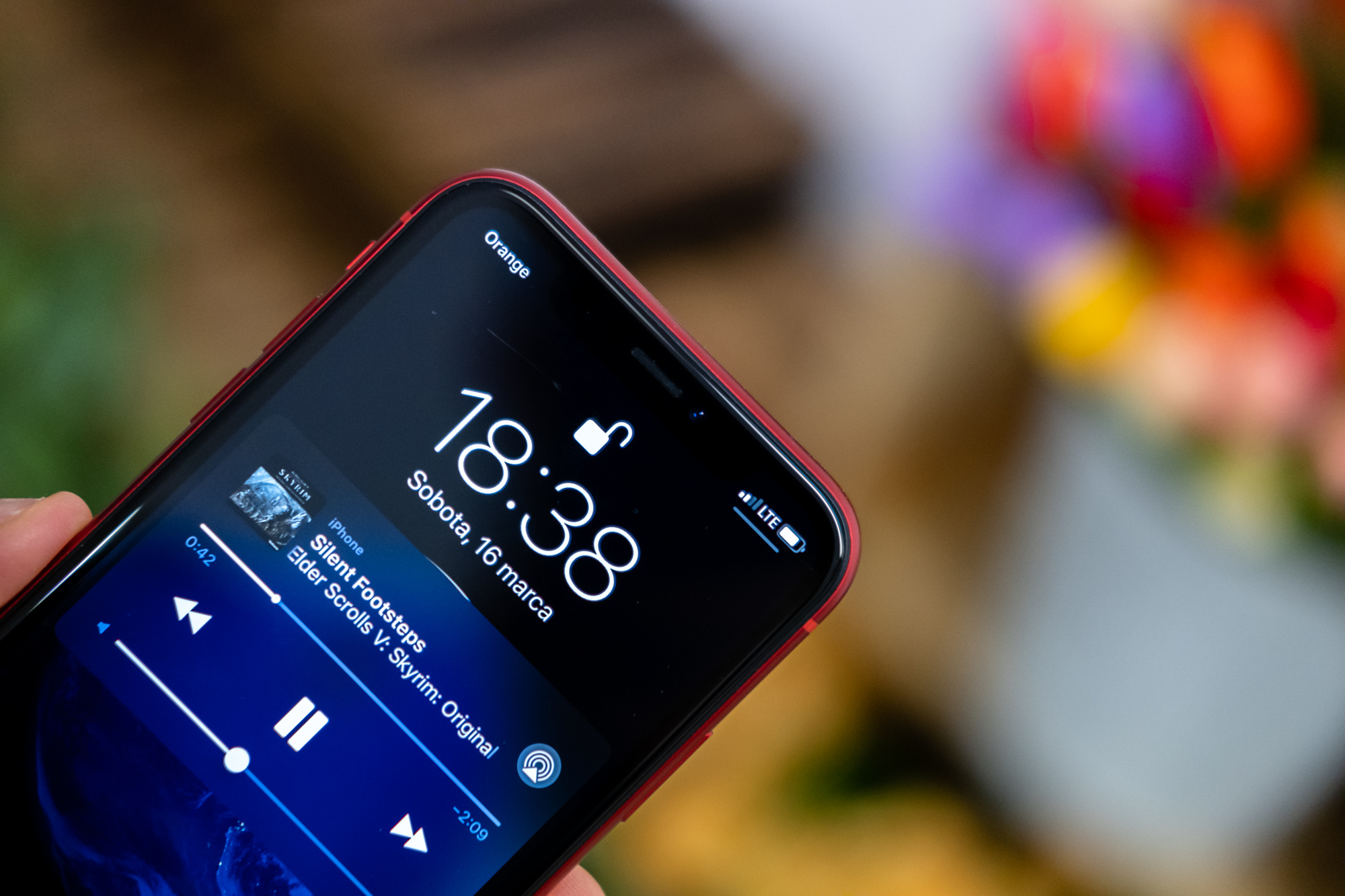
Unfortunately, it is difficult to explain this "superiority" to the crowds who are accustomed to the fingerprint readers and who do not want or can not acquire the iPhone X or Surface. So they have no way of knowing that unlocking their faces is better, and Face ID technology is sophisticated and expensive enough that it will not exist for a long time in smartphones from the lower shelf.
So what did the Android hardware manufacturers do? They searched for a compromise.
Does anyone here remember the craze for cheap tablets from a few years ago? Every producer wanted then to have their "iPad", because every consumer wanted to have an iPad, but few could afford it. The market was flooded with poor imitations, which had as much in common with the iPad as Dacia Duster with Land Rover.
The same is happening now - virtually every manufacturer has introduced to their equipment face unlocking, with Face ID as much as a cheap tablet with an iPad.
In this way, manufacturers give consumers a substitute for the experience of iPhone users, although this is done at the expense of security - optical face recognition (in other words: a photo taken of our face before logging in) can be fooled by ordinary photography. In order to better protect the phone, the consumer still needs to use a fingerprint reader, which only strengthens his belief that it is better technology and should not be discontinued.
This approach of producers can be understood in the case of budget smartphones, where for financial reasons you can not use a more sophisticated face unlocking technology. The situation is slightly different in the case of top devices.
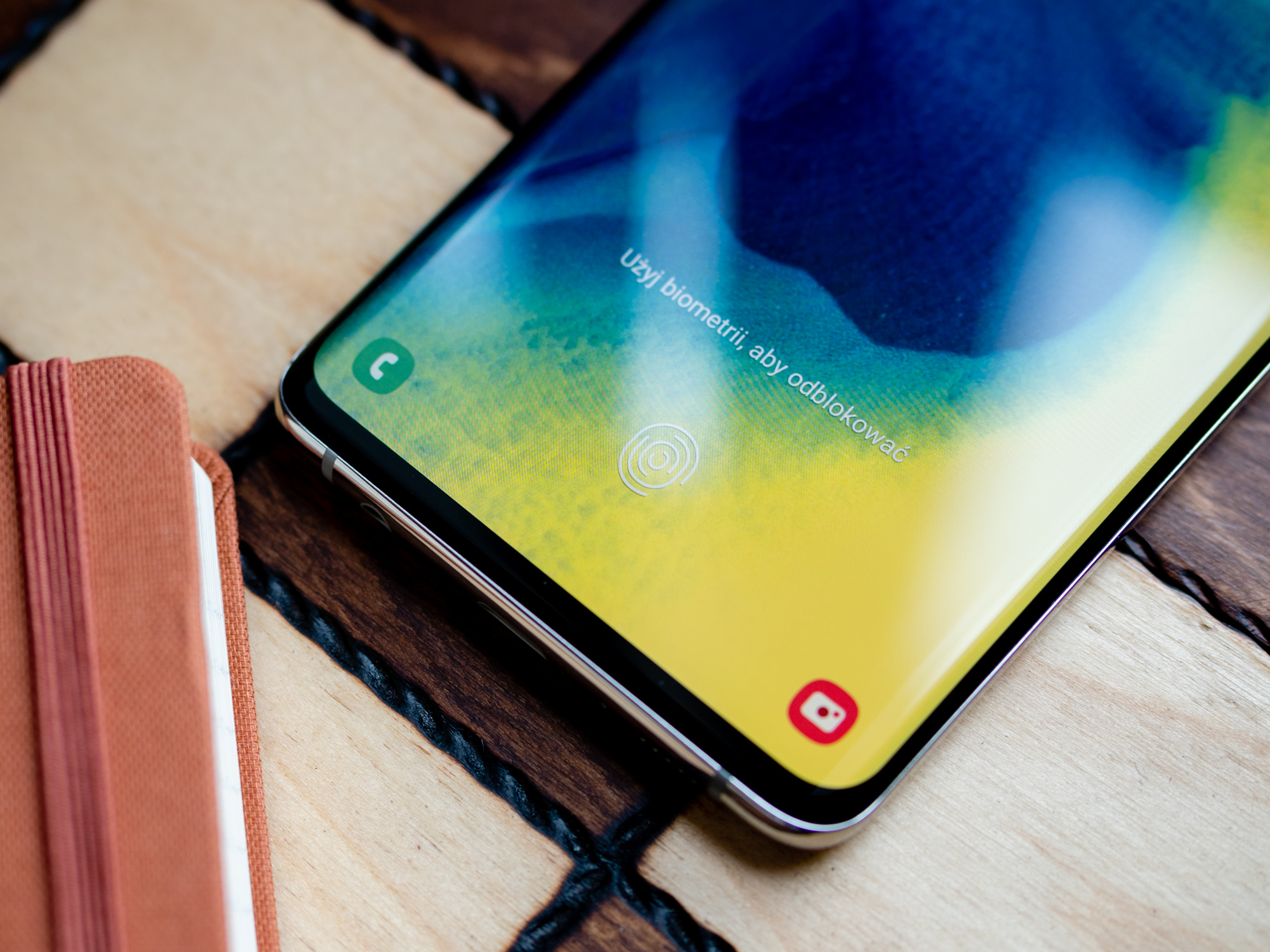
The fingerprint reader on the Huawei P30 and Samsung Galaxy S10 + screens shows that giants are afraid of consumer reactions.
What would not say - Apple has good eggs. In Cupertino no one pinched - they knew that Face ID is a better technology than the Touch ID, so they ruthlessly plotted the other one from iPhones. They risked the rage of consumers, maybe even their outflow, and yet they did. Why? Because in this way technology development is pushing forward. If it were not for players like Apple, we would probably connect the mouse with the PS / 2 cable, and the files from the phone would be given by the Irda. Everyone laughed when Tim Cook said from the stage (in the context of removing the headphone connector) that "Apple has the courage to make changes" - and this is a sacred truth. It takes great courage to focus on consumer relations in the name of progress and change (and even better marketing team to prevent these relationships from deteriorating).
Meanwhile, Huawei and Samsung are playing conservatively, and even take a step back.
Let's take Huawei's magnifying glass. The Mate 20 Pro presented a year ago had a fingerprint reader under the screen and a fantastic face scanner as safe as Face ID.
Instead of transferring to the new model what worked great in the previous one, Huawei used a much better-functioning but still optical screen reader in the new model, and Notch reduced it to the size of the tear, which inevitably prevented the use of advanced face unlocking.
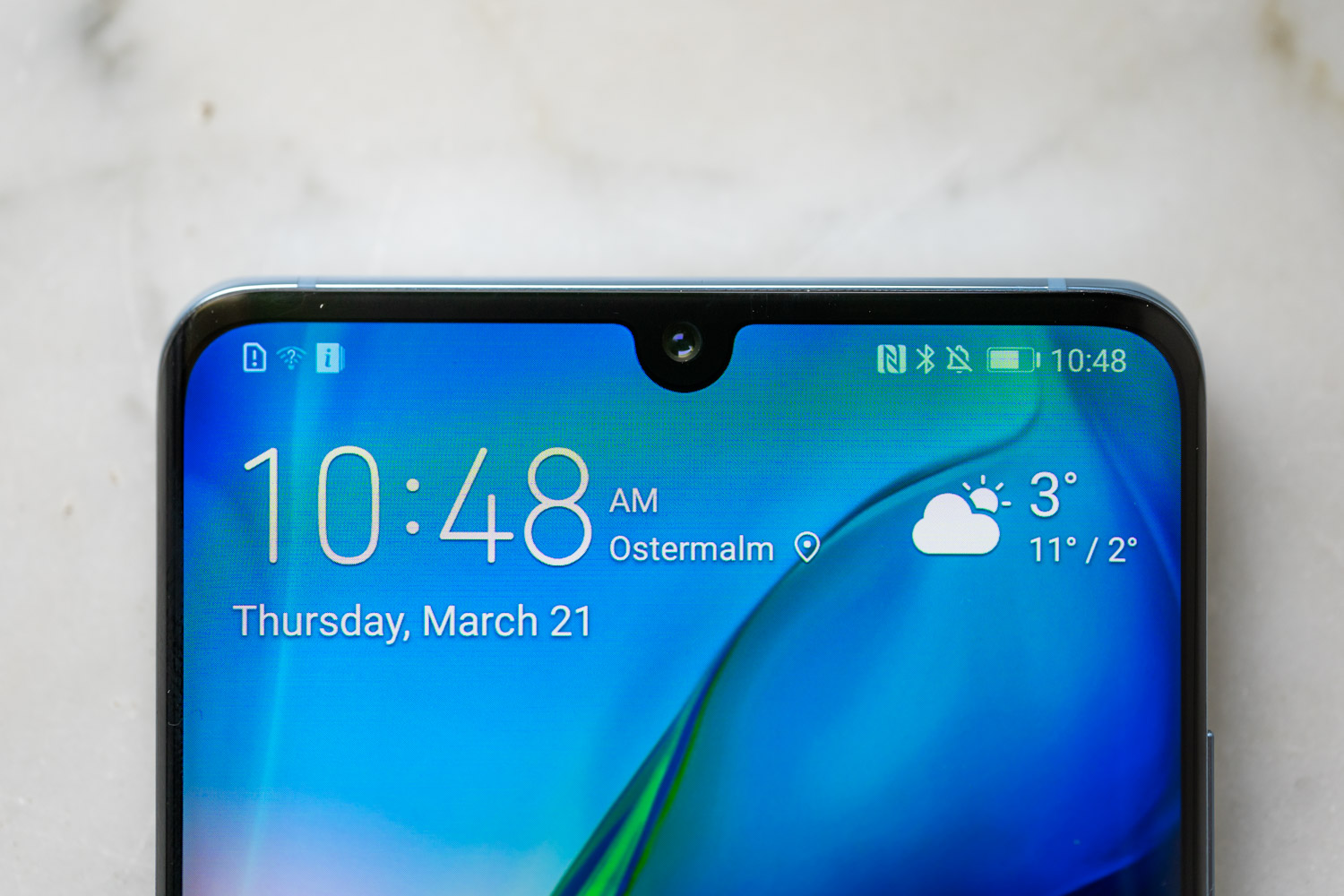
I can understand this play. In this way, Huawei baked two birds with one stone - they have a smartphone, over which frameless consumers can delight and an "innovative" fingerprint reader hidden under the screen.
Similarly, he played Samsung with Galaxy S10 and S10 +, resigning from unlocking the screen with an iris scanner. All that's left is optical unlocking, which can be easily fooled and an ultrasonic fingerprint reader under the screen, which can and does work better than the Xiaomi Mi9, but is still far worse than physical readers or Face ID.
Nevertheless, we managed to get the same - slender frames, nicer housing and leaving technology that customers know and like.
It's just that ... as far as this play certainly pleases consumers, it also works to their disadvantage.
Fingerprint readers under the screen are a compromise that we should not accept.
Leading producers, wanting to remain "innovative" on the one hand and satisfy customer habits on the other hand, served us a real technological regress.
The fingerprint reader under the screen, especially in the optical variant, where unblocking occurs by taking a picture of the fingertips, does not work even in a fraction as well as the physical readers have accustomed us to. Especially in lower price equipment, like the Xiaomi Mi9.
However, even in those well-functioning, like in the new Huawei P30 and P30 Pro, this solution has many functional defects. It is impossible to find the field of the reader blindly. It is difficult to find it on a blanked screen. Self-unblocking takes longer and you often have to apply your fingers many times. By the way, we leave streaks on the screen, because the finger must be applied flat and deliberately.
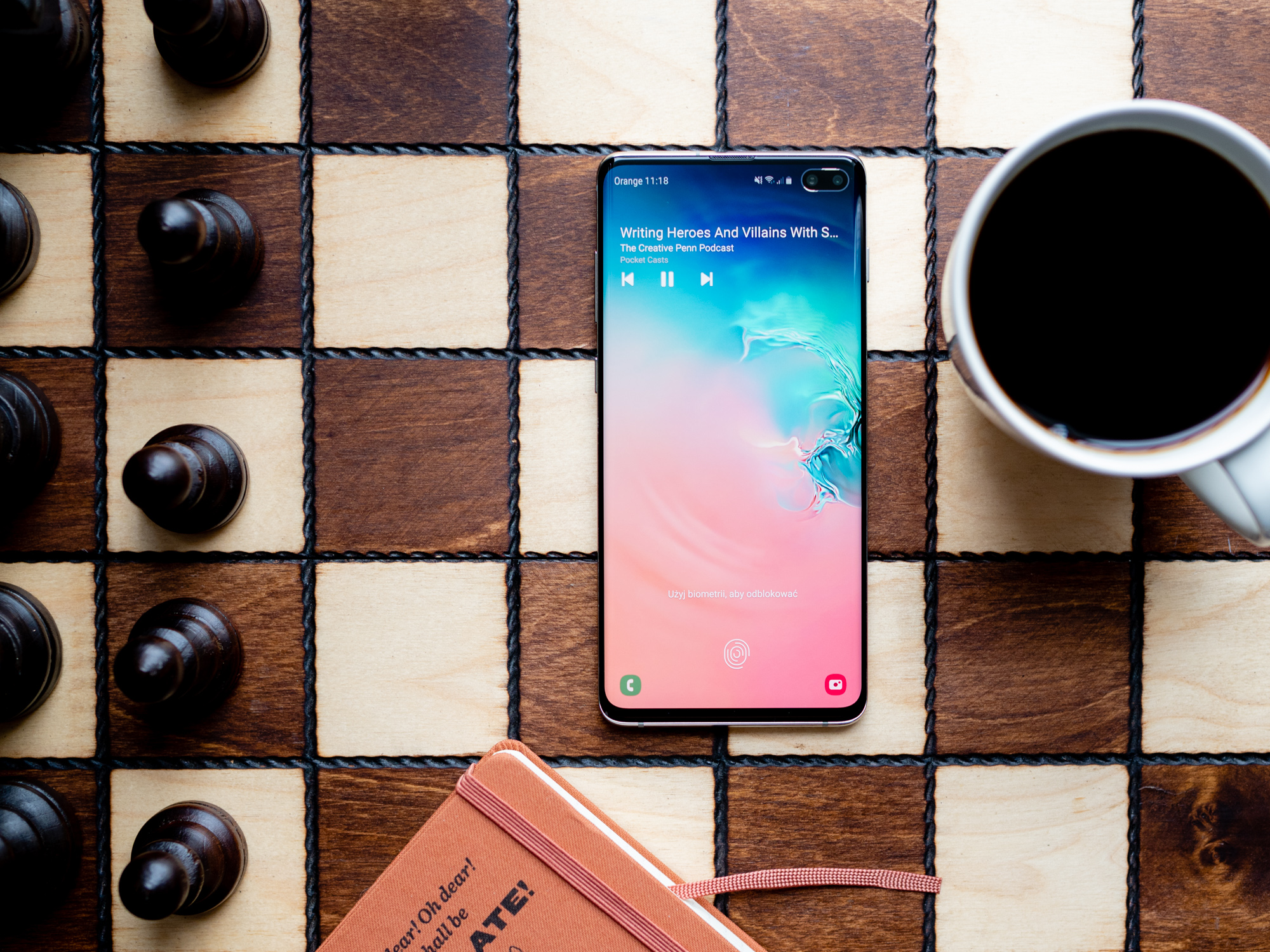
In other words - there is absolutely no benefit for the consumer in this solution. The fingerprint reader is neither faster, nor safer, nor better in any respect than the physical fingerprint reader on the case. This "innovation" was only created so that consumers would not be angry at the producers, that they "force them to change their habits in the name of progress." As a result, instead of innovating, we have a compromise, and one that we should not accept, because innovation they should make life easier for us, not hinder us.
Both Samsung and Huawei have the means and opportunity to launch an equally advanced face unlocking technology like Face ID. The only possible reason they have not done so is the fear of consumers' reaction, who apparently prefer to stay with what they know, even if what comes next is much better. Even if it stays with what we know, it means accepting technological compromises.
I respect Apple for not being intimidated by consumers.
There is a hated saying in trade: "the customer is always right." It is not entirely about what we are talking about here, but it can be drawn up for these reasons, because it illustrates the current state of affairs well.
Huawei and Samsung assume that the customer is always right. The client wants a fingerprint reader - the client will get a fingerprint reader. The client wants a headphone connector - the client will get a headphone connector.
And in both cases, there is not a single technological reason to stick to old solutions. There is no logical reason why a fingerprint reader would not be completely replaced by face ID solutions, just as there is no technological reason why smartphones should have a 3.5 mm socket.
Apple understands that. It can be said that Apple has consumers in the nose, but in this case it is an advantage, not a flaw. Because the customer is not always right. Basically, the client usually does not know what he wants.
The client thinks he knows what he wants. But really the client wants what he knows.
I've been watching this for years, working in trade. Customers hardly ever come to the store for innovations, for something better, for something else. They usually come for what they are used to. If the current laptop is the X brand, then the X brand will also be another one. If the Y smartphone has a fingerprint reader, then the next one is also supposed to have it. An efficient salesman convinces the customer that this is not always the best choice. Usually, however, the client prefers to remain deaf to these remarks, stubbornly sticking to his habits, which is not always wise and prudent.
Because if we only kept our habits, we would still live in mud huts.
Is not it good to have a choice?
Of course. You can shout that producers of Android devices at least give consumers a choice. You do not have to choose between an old device with a fingerprint reader and a new one, with unlocking your face.
The choice, however, is not always good. If instead of one perfectly functioning solution we get to choose two worse and less secure, then it is not a choice - it is an illusion of choice, created by producers only so as not to deter the fearful consumer changes.
The fingerprint reader in the screen is a bad idea
Comments
Post a Comment